New Cold War heats up: US to deploy missiles and hypersonic weapons to Germany
- By Frumentarius
Share This Article

The Russian war in Ukraine, which has been raging since 2022, has led to a strategic response by the West that harkens back to the Cold War’s tit-for-tat arms races. According to a statement put out at the conclusion of the NATO summit in Washington, D.C., this July, the United States plans to install long-range weapons in Germany starting in 2026. The proposed weapons include Tomahawk cruise missiles, the Standard Missile (SM)-6, and developmental hypersonic weapons. It will be the first time since the 1990s that the U.S. will deploy long-range missiles in the country.
Russia reacted to the announcement with diplomatic fury and threats to respond in kind. It called the planned move an “escalation” and a threat to its national security. It threatened to position its own future long-range weapons – including possibly nuclear ones – in such a manner as to be able to target European capitols and even American cities.
While the planned positioning of these American weapons in Germany can justifiably be described as defensive in nature, given Russia’s military build-up, cyber attacks against European countries, general threatening behavior, and military aggression in Ukraine, it is nevertheless unsurprising that the Russians would react with barely-contained hysteria. Russia fears that the balance of power between NATO and itself would tip decisively toward the alliance, especially as Russia remains engaged in Ukraine.
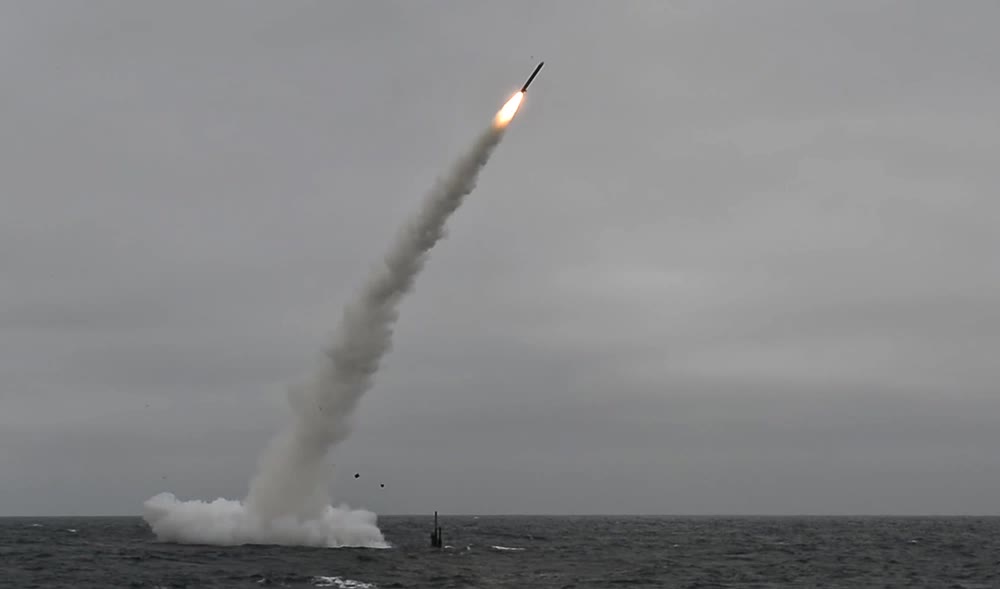
For those of us who experienced the Cold War between the West and the Soviet Union, these types of strategic back-and-forth maneuvers are nothing new. In fact, they were the normal state of affairs for decades, with each side taking provocative steps in response to the other, then eventually backing down again through the mechanism of various arms control talks and treaties. Many of those treaties have fallen away since the 1990s, as Europe, the United States, and Russia have struggled to adjust to the new strategic paradigm of a post-Cold War world.
What the latest NATO announcement and accompanying Russian response seem to indicate is that a new era of continuous arms races might again be upon us. We can call it a new Cold War or Cold War II, or whatever we choose, but the fact remains that for Ukraine, it is very much a hot war, and for the European neighbors of that besieged country, the Russian threat is greater than at any time since the Berlin Wall fell back in 1989. Russia is no longer seen as a paper tiger, or a values-based rival only (democracy versus autocracy), but rather, again as a possibly existential threat. We should not therefore be surprised that Germany would accept new defensive weapons from the U.S. under the umbrella of the NATO treaty.
Related: Russia has started using a new destructive bomb in Ukraine
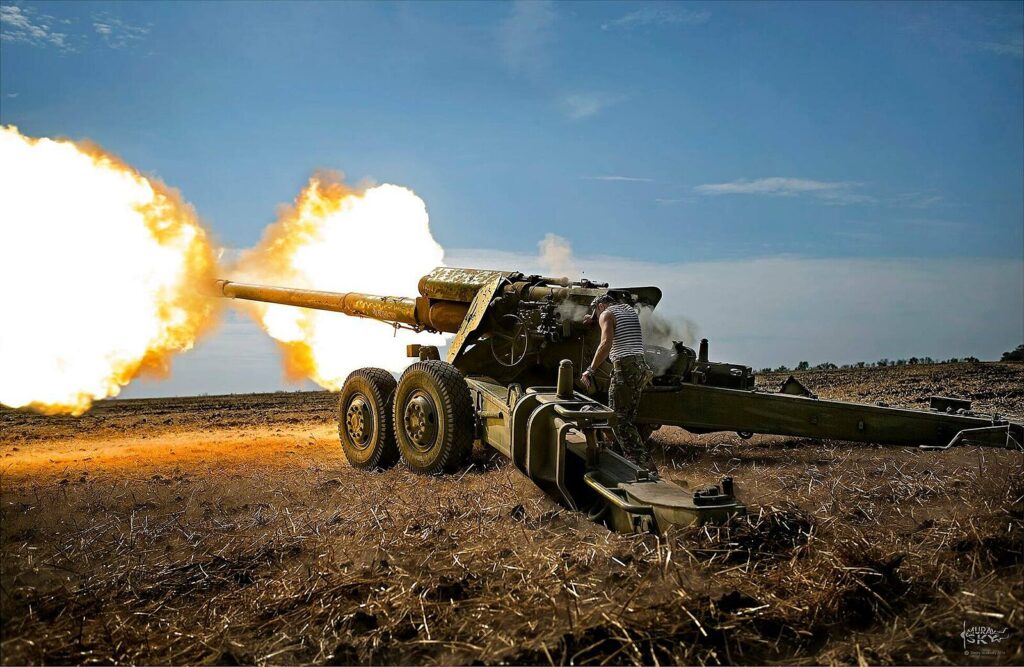
All of these acute tensions could of course be instantly mitigated if Russia stops its war of aggression against Ukraine and pulls out of all occupied territories in the country. That would give NATO exactly what it needed in terms of conditions for a drawback of its forces from the Russian border and could lead to talks between the two sides that would dramatically reduce tensions, and return us to a more stable geopolitical environment. Indeed, German Chancellor Olaf Scholz said that if Moscow wants to prevent U.S. missiles from deploying to his country, it must end the war in Ukraine.
Such a move, though, seems very unlikely given Vladimir Putin’s all-in commitment to conquering Ukraine, and what it might mean for him domestically at this point to show weakness in the face of the West to his domestic audience in Russia. The latter includes not only the people of Russia – who barely have a say in whether Putin stays in power or not – but more importantly, the security and political establishment complicit in keeping Putin in power. The risk to Putin of a backdown in Ukraine seems at least right now greater for him than the risk of facing an increased military threat from the West.
That is likely because there is little political appetite in any European country, or the United States, for an armed conflict with Russia. Putin knows that. The West would rather fund and arm Ukraine and have it fight its war alone against Russia – depleting the latter’s arms, money, and personnel – without committing blood. Given the geopolitical state of affairs between Russia and the West, we can likely expect more of these escalations and resulting series of arms races. Cold War II will probably get hotter before it thaws out.
Read more from Sandboxx News
- Inside the recovery of MIA Americans from a secret jungle base
- F-16s carrying the A-10’s 30mm cannon actually saw combat
- ‘Stop That Tank!’ This is how Disney contributed to World War II
- How Delta Force thanked police after a week of urban combat training
- F-35 program is becoming one of the most expensive in military history
Related Posts
Sandboxx News Merch
-

‘AirPower’ Classic Hoodie
$46.00 – $48.00 Select options This product has multiple variants. The options may be chosen on the product page -

‘Sandboxx News’ Trucker Cap
$27.00 Select options This product has multiple variants. The options may be chosen on the product page -
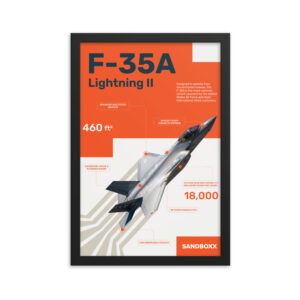
F-35 ‘Lightning’ Framed Poster
$45.00 – $111.00 Select options This product has multiple variants. The options may be chosen on the product page
Frumentarius
Frumentarius is a former Navy SEAL, former CIA officer, and currently a battalion chief in a career fire department in the Midwest.
Related to: Military Affairs
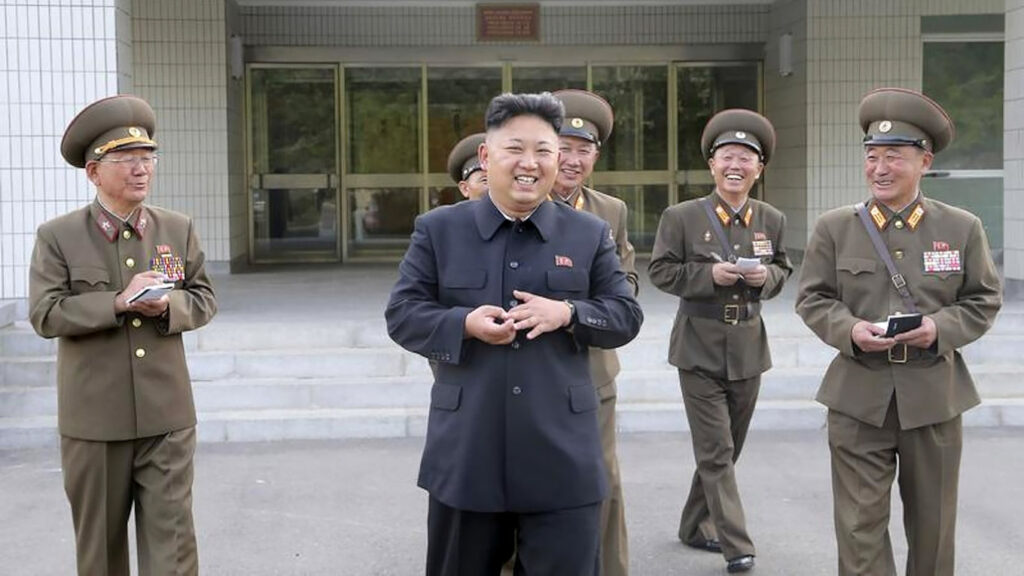
Russia is sending ‘hundreds’ of its war wounded for treatment in North Korea, ambassador says
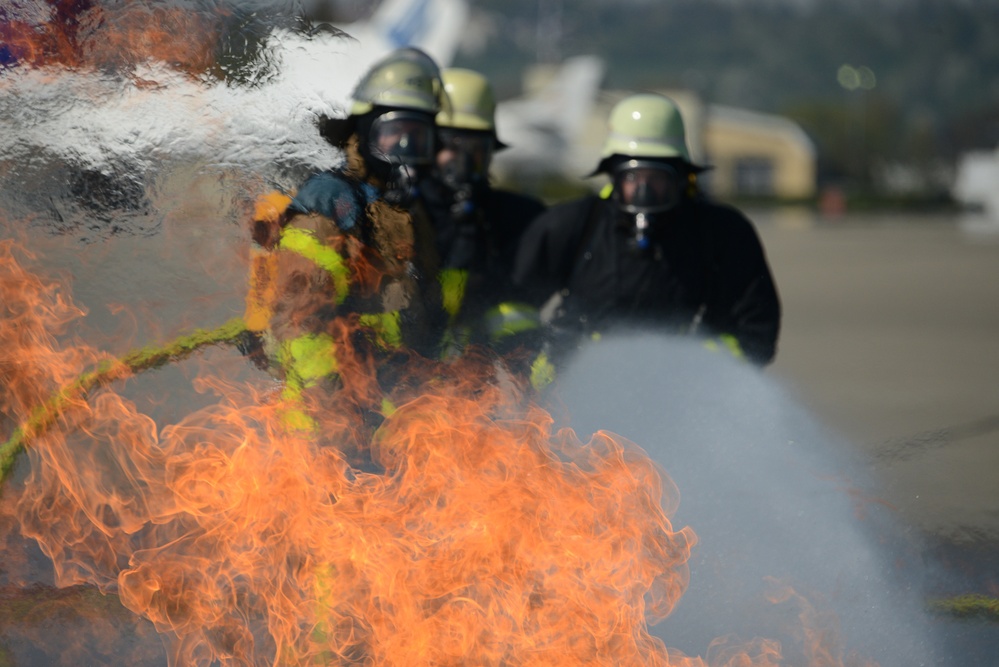
Does the CIA have its own fire department?
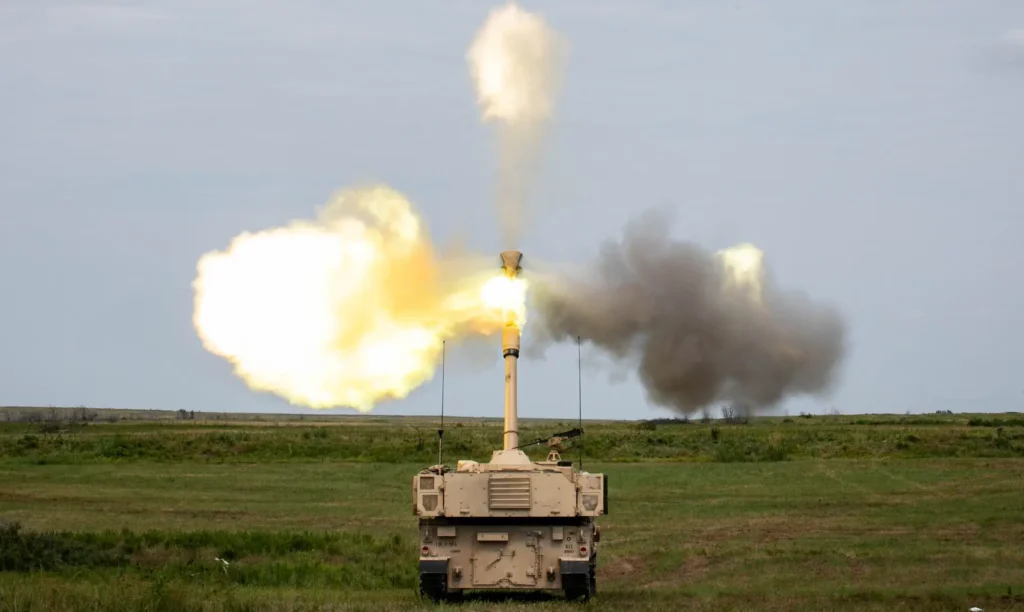
The US Army knows it has artillery problems. Now, it just needs to fix it
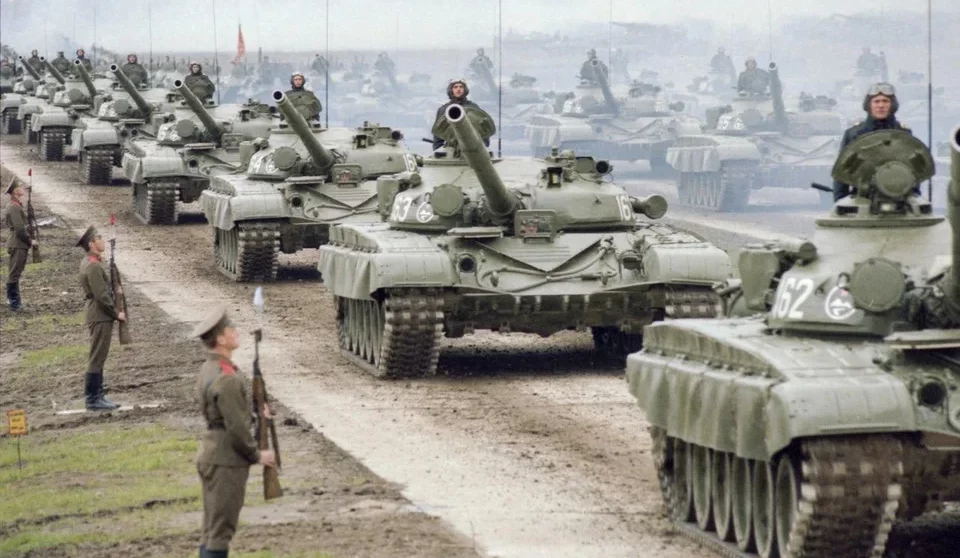
In 1980, the US Army feared Russian tanks were invincible
Sandboxx News
-

‘Sandboxx News’ Trucker Cap
$27.00 Select options This product has multiple variants. The options may be chosen on the product page -

‘AirPower’ Classic Hoodie
$46.00 – $48.00 Select options This product has multiple variants. The options may be chosen on the product page -

‘AirPower’ Golf Rope Hat
$31.00 Select options This product has multiple variants. The options may be chosen on the product page -

‘Sandboxx News’ Dad Hat
$27.00 Select options This product has multiple variants. The options may be chosen on the product page
